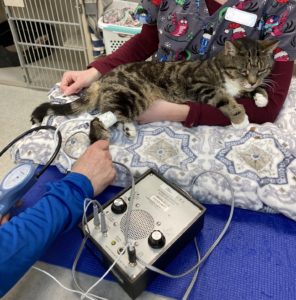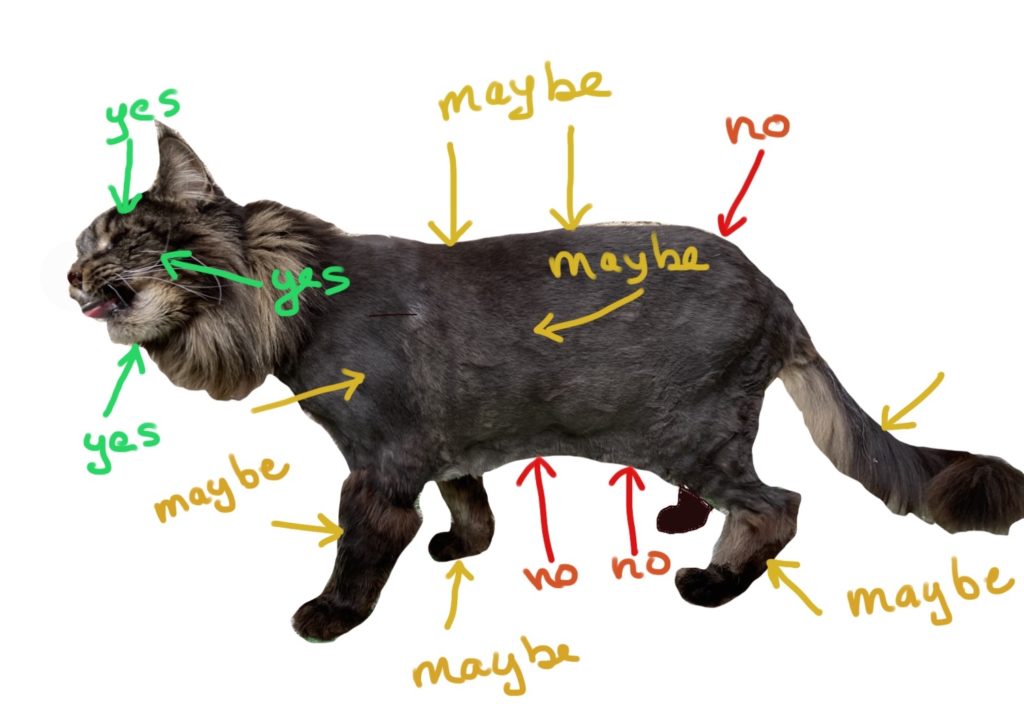
“Touch not the cat bot a glove” : so goes the motto of the Macpherson clan in Scotland. “Bot” means without; the cat referred to is the Scottish Wildcat. The motto warns that you must be careful handling a wildcat when his claws are not sheathed or “gloved”.
The Scottish Wildcat (Felis silvestris silvestris) still lives in Scotland today, a wild, reclusive cat whose numbers are dwindling.
After 10,000 years of living with humans, our domestic cats may have markers of domestication in their genome but they still share a lot with their wild ancestors and cousins. They still have sharp claws and teeth and need to be handled respectfully.
Dr. Lauren Finka, working with colleagues at the Battersea Dogs and Cats Home, came up with a simple set of Human-Cat Interaction Guidelines. These guidelines aim to make cats more comfortable when they are interacting with us.
These practical guidelines for interacting with cats follow the acronym CAT (easy to remember). Here they are!

is for choice and control. Cats are not only predators, they are also prey for larger animals such as coyotes. To survive, they need to be in control of their environment.
Give your cat choice and control –
Allow your cat to CHOOSE whether or not to interact with you.
- If you can, get on the cat’s level, offer your hand, and allow him to approach you.
- If the cat wants to be touched, she will rub against your hand. If she doesn’t lean into your hand, don’t pet her.
- Allow the cat to move away from you if he chooses; don’t follow him if he leaves.
- Allow the cat to control how much you stroke her. When stroking her, pause every 3–5 sec to see if she wants to continue – does she rub against you to ask for more? If not, let her take a break.

is for attention. Pay attention to what your cat is trying to tell you – watch her body language.
These signals indicate that your cat is done interacting with you.

Gus turns to face me and pulls back on his paw during a nail trim – he needs a break! She turns her head or moves away from you.
- His ears become flattened or rotate backwards.
- She shakes her head.
- The fur on his back “ripples”.
- She licks her nose.
- He becomes still, and stops purring or rubbing against you.
- She sharply turns her head to face you or your hand.
- He suddenly starts grooming himself but only for a few seconds at a time.
- Her tail starts switching back and forth rapidly; usually the tail is horizontal or on the ground.

is for think about where you are touching the cat.
- A friendly cat prefers to be touched at the base of his ears, around his cheeks, and under his chin.
- AVOID the base of her tail and tummy.
- If you touch the cat’s back, flank, legs, or tail–watch his body language (see above) to see if he is comfortable with this.
 Follow the CAT guidelines when interacting with cats for a safer, more enjoyable encounter!
Follow the CAT guidelines when interacting with cats for a safer, more enjoyable encounter!

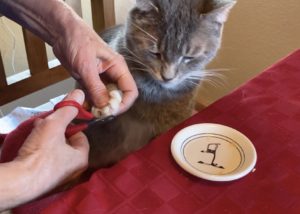
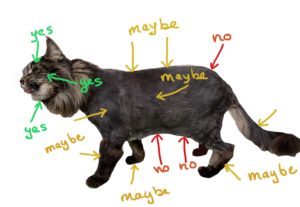 Follow the CAT guidelines when interacting with cats for a safer, more enjoyable encounter!
Follow the CAT guidelines when interacting with cats for a safer, more enjoyable encounter!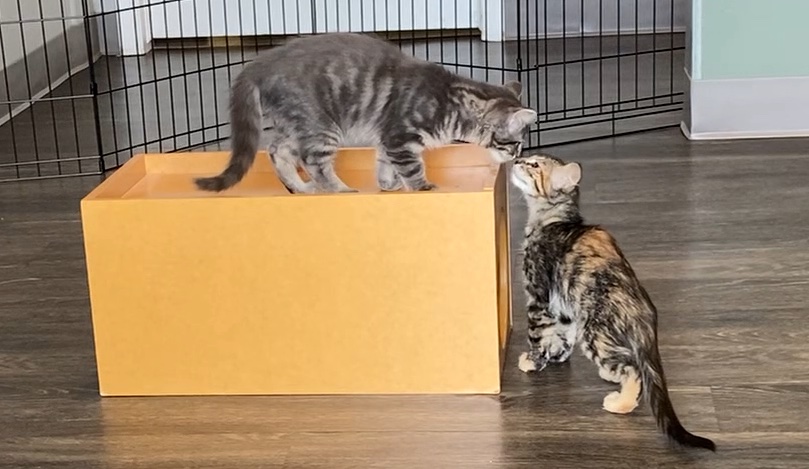

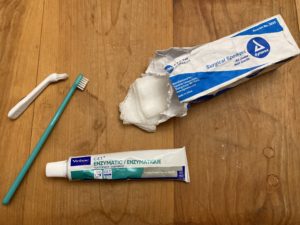
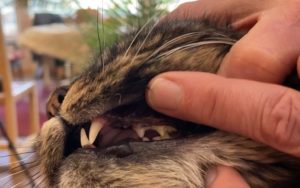 Plaque and tartar tend to accumulate on the buccal (facing the lips) side of the cat’s upper premolars. Focus on these surfaces.
Plaque and tartar tend to accumulate on the buccal (facing the lips) side of the cat’s upper premolars. Focus on these surfaces.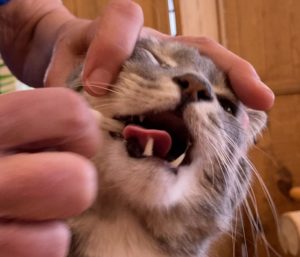 een his ears and your 4th and 5th fingers on his opposite cheekbone. Hold briefly, then reward him with a treat.
een his ears and your 4th and 5th fingers on his opposite cheekbone. Hold briefly, then reward him with a treat.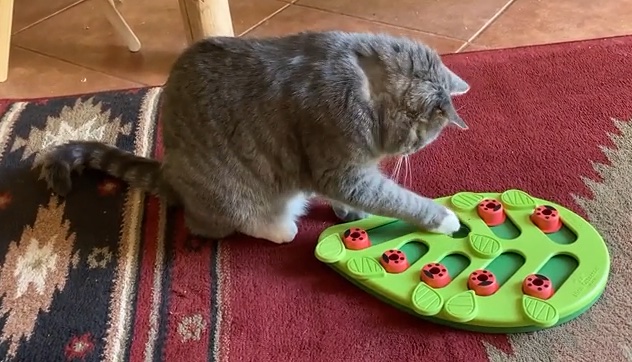 Why slide a block aside to uncover food when there is food freely available in a bowl nearby? Psychologists call the behavior “
Why slide a block aside to uncover food when there is food freely available in a bowl nearby? Psychologists call the behavior “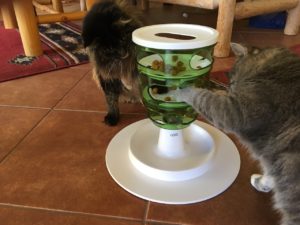
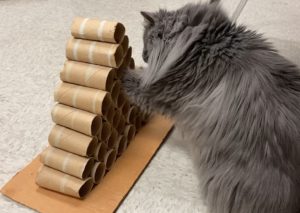
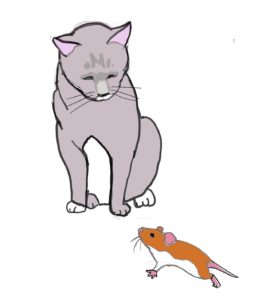 If you search for “monoclonal antibodies”, most of the search results are about COVID-19 and its variants. But did you know that monoclonal antibodies form the basis of the newest treatment for arthritis in cats? This new treatment is called
If you search for “monoclonal antibodies”, most of the search results are about COVID-19 and its variants. But did you know that monoclonal antibodies form the basis of the newest treatment for arthritis in cats? This new treatment is called  Many of us (cat owners) dread taking our cat to the vet. There is the ordeal of the carrier and car trip; once there, your cat seems miserable. However, regular veterinary care is the key to a happy and longer life for your cat. Can medication before your cat’s vet visit help?
Many of us (cat owners) dread taking our cat to the vet. There is the ordeal of the carrier and car trip; once there, your cat seems miserable. However, regular veterinary care is the key to a happy and longer life for your cat. Can medication before your cat’s vet visit help?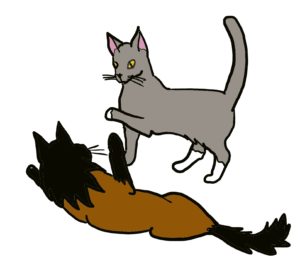

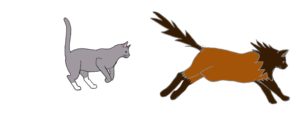
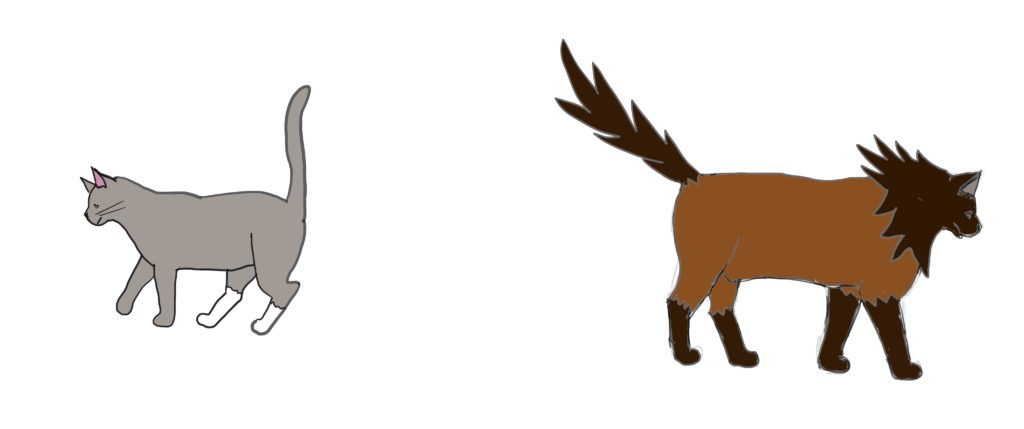 Play usually ends with one cat standing facing the other cat, who may be on his/her side, or there is a chase sequence that just dies off, with the cats walking away from each other.
Play usually ends with one cat standing facing the other cat, who may be on his/her side, or there is a chase sequence that just dies off, with the cats walking away from each other.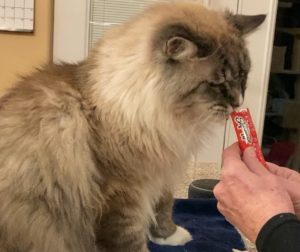 Giving your cat a pill can be a challenge for many cat owners. Often, the pills are bitter or seem too big. The veterinary staff demonstrates the technique but when you get home, you end up with a cat under the bed and the pill on the floor!
Giving your cat a pill can be a challenge for many cat owners. Often, the pills are bitter or seem too big. The veterinary staff demonstrates the technique but when you get home, you end up with a cat under the bed and the pill on the floor!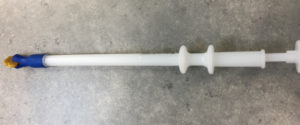
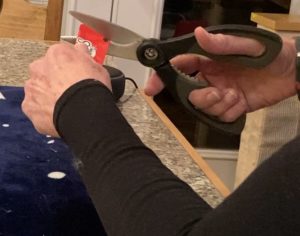
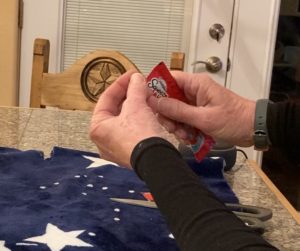

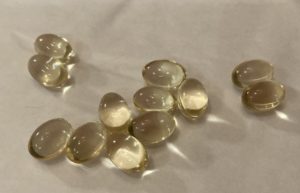 Supplementation with fish oils has shown some benefit for arthritic cats.
Supplementation with fish oils has shown some benefit for arthritic cats. 

